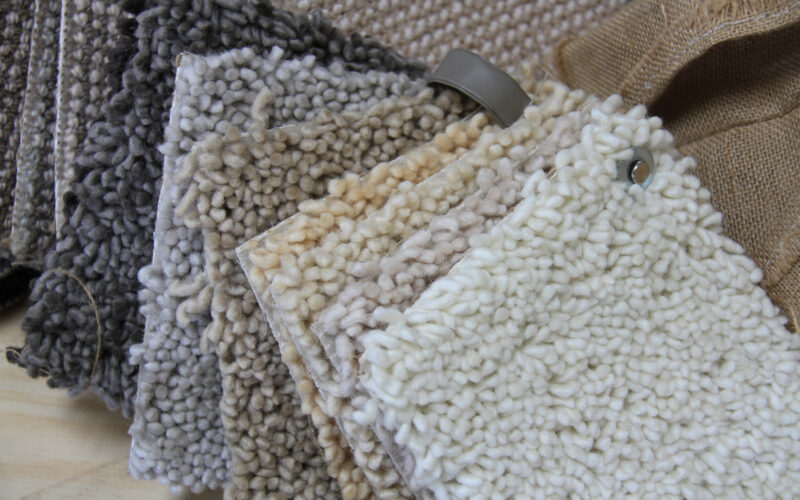Nine suppliers, including Wools of NZ, tendered for the Ministry of Education floor-covering contract that was awarded to a United States supplier of synthetic carpets.
While declining to release details, the ministry said there was a substantial difference in price between the successful tender and wool alternatives.
“None of the tendering suppliers put forward carpets that were manufactured in NZ,” it said.
The ministry was seeking a supplier for 300,000sqm of floor coverings for 800 small and remote schools over the next three years, and its decision to go with synthetics has sparked an uproar and claims of hypocrisy.
Andy Caughey, the chief executive of Wool Impact, the entity tasked with driving collaboration and innovation to increase demand for NZ strong wool, said their choice ignores growing global consumer trends to reject products made from petrochemicals such as carpets.
He said recent trips to the United States have revealed that people are turning off petrochemical products such as synthetic carpets.
Sam Fowler, the Ministry of Education’s head of property, said the performance requirements had clear criteria to ensure the carpet was safe, contributed to a healthy internal environment and prioritised sustainability.
“We assessed tenders on these criteria, which included durability, moisture retention, environmental impact and ongoing supply and maintenance.
“Based on the information and analysis we conducted, the solution dyed nylon not only met our product performance requirements but also fulfilled our recycling and carbon footprint goals.”
Caughey said international consumers are starting to question the impact of polyfluoroalkyl substances (PFAS), known as forever chemicals, which resist grease, water, stains and fire, but come with health concerns and take centuries to break down in landfill.
Each year 148,000t of carpet is dumped in NZ landfills, most of it synthetic, and the choice is contrary to recent government initiatives ending single-use plastic bags and drinking straws.
Information released by the US Environmental Protection Agency states PFAS residue is being detected in people, animals, food products, water, air, fish and soil and exposure may be linked to harmful health effects in humans and animals.
Caughey said the wool industry has to work to re-educate consumers about wool, highlighting improvements that allow it to compete with synthetic, such as weaves being developed by New Yarns in Levin that improve durability.
The industry also needs to promote the breathability of wool carpet, that it filters air, is cleaner, healthier, absorbs sound, and is recyclable and biodegradable.
“We need to look at the sum of the parts rather than one attribute in isolation.”
“That requires us to ensure wool is competitive but to also work with the government about the new movement offshore away from petrochemicals to natural fibres.”
Federated Farmers estimates that to carpet the average NZ home in synthetic is the equivalent of having 22,000 plastic bags on the floor.
It called the ministry’s decision not to use wool a slap in the face for Kiwi farmers.
Its meat and wool chair, Toby Williams, said the decision flies in the face of recent government rhetoric about improving sustainability, protecting the planet and phasing out single-use and hard-to-recycle plastics.
“Just this week they’ve been patting themselves on the back for banning plastic bags, cutlery, straws, and fruit stickers, then they turn around and make a decision like this?
“It just doesn’t add up.”










